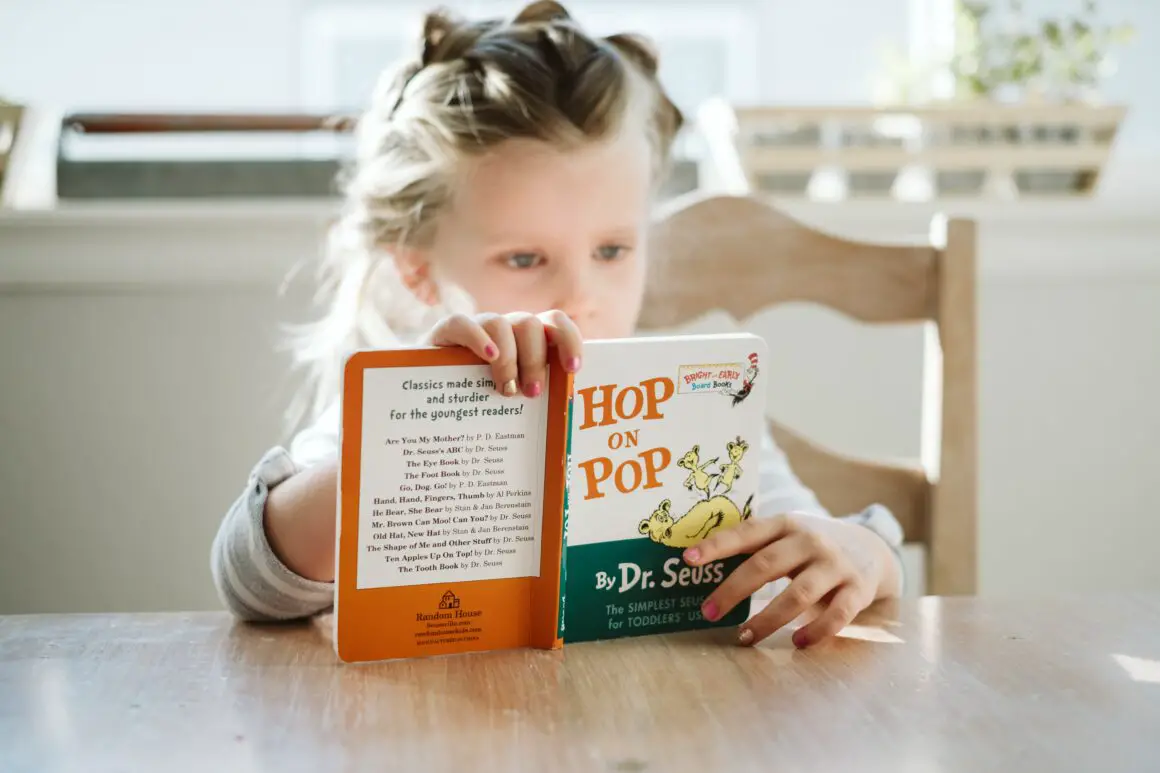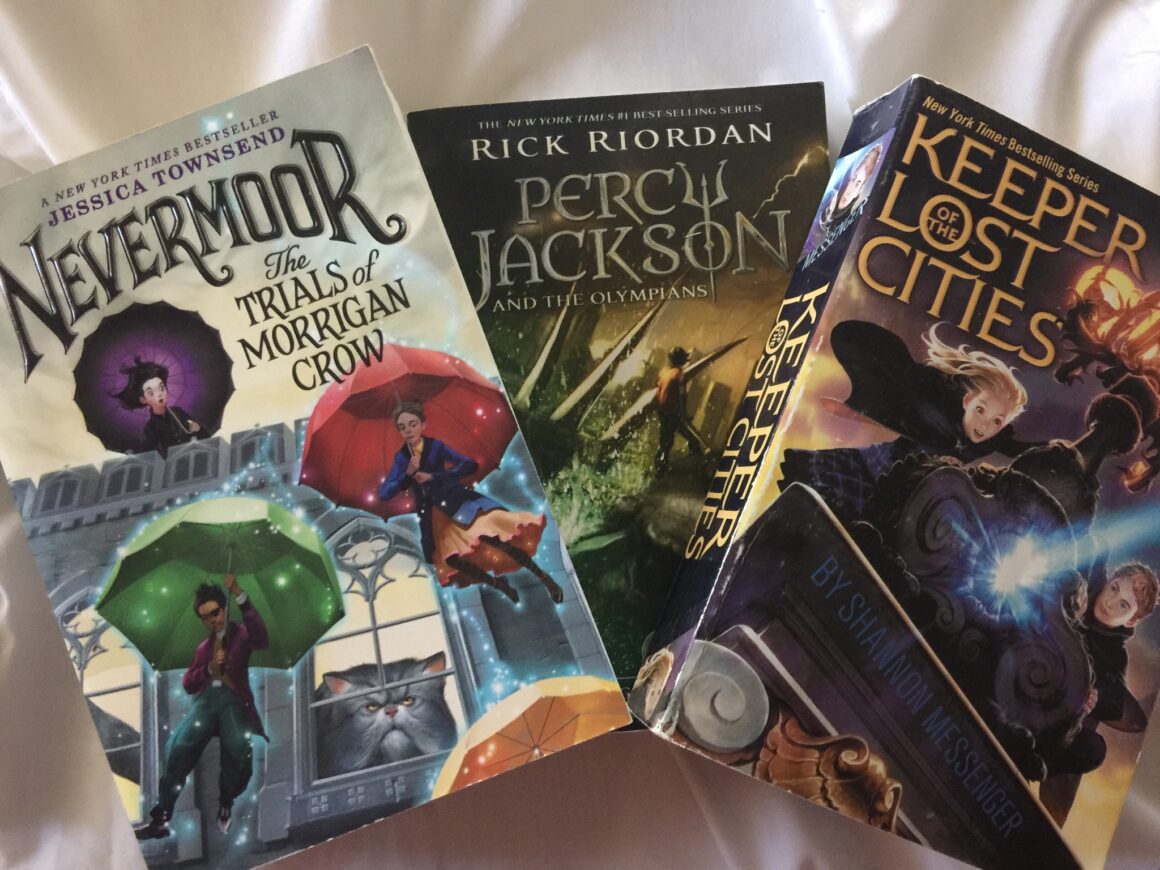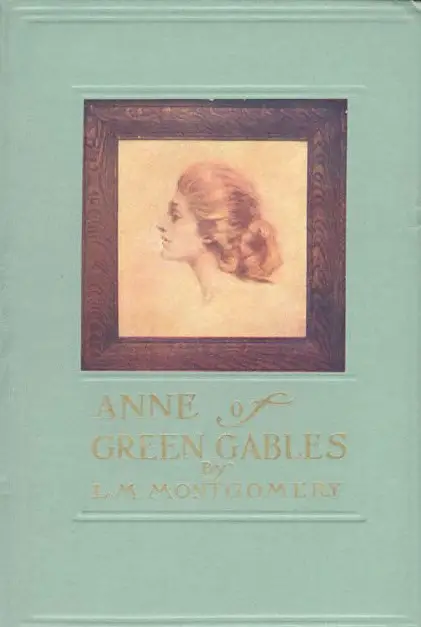Merriam-Webster.com defines ‘genre’ as a category of artistic composition characterized by style, form, or content. In literature for children, there is another type of genre categorized according to the intended reader and characterized by vocabulary, reading level, word count, age of the protagonist, subject matter, expected background knowledge, etc. Some of the usual divisions of books intended for young readers are board books, concept books, picture books, early readers, chapter books, middle-grade, and young adult. The points of demarcation for these types of books are both fairly obvious and enormously complicated.
Board Books
Board books are for babies. They might actually be made of board—i.e. cardboard—or possibly cloth or plastic. They are designed to be drooled on, grasped and dropped, used as hammers, and possibly even eaten. We just want the babies to get the idea that books are fun, even when they can’t really understand what is in them.
Concept Books
Concept books often include no words or very few words. Sometimes, they are board books. The important distinction is that they present a concept. Colors, numbers, animals, shapes, etc. Babies or toddlers looking at these books will notice the commonalities in the pictures. When this is combined with a parent or teacher naming the objects they see, the books become wonderful tools for building knowledge of the world and expanding vocabulary. They help children understand quantity and learn to count or recognize numbers. Alphabet books introduce letters combined with pictures that emphasize the letter sounds. Other concept books can be helpful in learning the names of animals or common objects.
Picture Books
Picture books are designed as much for the mommies and daddies that do the reading as they are for the children doing the listening. They will often contain humor that engages and appeals to the reader. These are the kinds of books that children want to hear over and over again, so it is important to add a little entertainment for the adult reader who will be called upon to recite the same content many nights in a row!
Related: Reading Your Child to Sleep – With Monsters!
Picture books can run a wide gamut of complexity. The important characteristics of picture books are that they are heavily illustrated and will most likely be read to the child rather than read by the child. Everybody has seen exceptions. Children who are first learning to read or children taking a break from more challenging books love to read more familiar picture books by themselves. Children who have been read to early and often but have not yet acquired reading skills often love to ‘read’ a familiar picture book turning the pages and reciting the contents, possibly with perfection. They have memorized the words, but going through the motions of pretending they are reading is a good early indicator of a child who is going to grow to be an enthusiastic reader.

Since picture books are most often read to the targeted child, they can contain much more complicated vocabulary or contents than the next step up in children’s literary genres. The reader can explain, as the book is read, what is happening or the meaning of unfamiliar words. And children in the three to five age range listening to these kinds of books will be intellectual sponges absorbing information and vocabulary with every page.
Early Readers
When children begin the process of learning to read, they usually use early readers. The content and vocabulary of these books are often a considerable step down from many picture books because the child will be working through these independently without the benefit of someone to explain or define as they go along. If you are my age, that brings to mind Dick and Jane and possibly some eye-rolling.
Boring—boring—boring. Well, not entirely. A child learning to read approaches the words like they are a puzzle. All their energy is focused on decoding the message in front of them. And, for a while, that is enough to keep them engaged. But decades ago, educators decided that more substantive content would add encouragement to this very important process of learning to read. Early readers now contain fun stories and valuable nonfiction while still limiting the vocabulary to familiar words and using letters and sound combinations that the child has been taught. Here’s a hint for would-be writers: These books are very hard to write!
Chapter Books
Also, difficult to write are chapter books. Chapter books, not surprisingly, contain chapters. And they are intended to be read independently by the child rather than being read to the child. These are the books that a child moves to when they have mastered reading well enough to read on their own. Chapter books can be used by children ranging from kindergarten to third grade depending on the complexity of the books and the child’s personal reading level.
Middle-Grade Books
After chapter books, come middle-grade books. These books start to look like any book found in the adult section of your public library. They will be a little shorter and a little simpler, but they are often enjoyed by much older readers and even by adults. This is the genre that is recognized by the Newbery award, the premier award given for children’s books. These books can pioneer new approaches to work for children and explore controversial concepts.

Middle-grade is a complicated genre. There are middle-grade books targeted at readers who are just graduating from chapter books. They will be longer than chapter books but not by too much. They will have slightly more complex plots if they are fiction or more detailed information if nonfiction. The readers, however, are still in upper elementary school or the first years of middle school. Their ability to understand on their own is still limited. Middle-grade books can be used to expand and challenge those abilities but need to still avoid creating frustration that can discourage the new reader from taking joy in books.
Middle-grade books targeting readers approaching the later years of middle school or even beginning high school can be as long as an adult book with complicated main and secondary plots or including sophisticated information calling on background world knowledge to be understandable. This level of middle-grade merges into young adult books.
Young Adult Books

Young adult books are generally thought of as targeting teenagers in high school. They are enjoyed (maybe secretly) by college students and adults, as well. There are not many limitations on the content of young adult books. By the time a reader is in high school, they will be alternating between young adult books and Hemingway or Steinbeck. They have command of the vocabulary that will be tested on college-entrance exams and will be learning history and science at an advanced level.
The biggest difference between these books and general adult literature is the topics addressed. This age of reader is not likely to be interested in Wall Street intrigue or a romance involving senior citizens living in an assisted living facility. They are capable of reading and understanding anything, but they may not have much interest in topics that are still far from their life experience.
Parents, teachers, or caretakers helping children to grow and develop have to choose from all these different genres to settle on the best reading material for any age or level of reader. Writers of these books need to understand the genres to choose the best level for their creative contributions.
